Image Gallery: Tiny Crustaceans Found in Fossil Reef
Fossil Reef
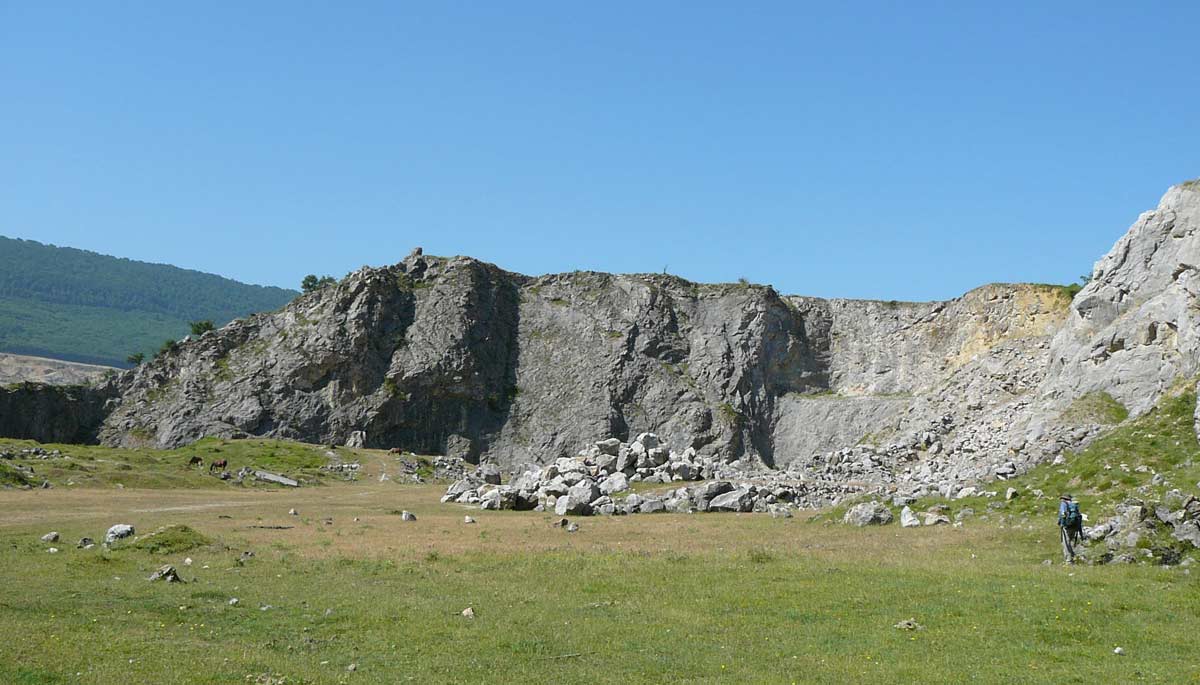
The limestones on southern wall of the Koskobilo quarry in northern Spain yielded 36 decapod crustacean species, eight of which are brand-new to science, including two of the world's oldest spider crabs known to date.
Teensy Crab
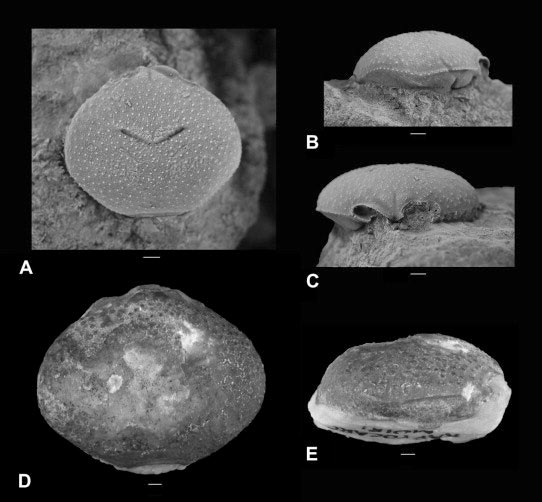
A new species of tiny fossil crab, Graptocarcinus texanus discovered in limestones of the Koskobilo quarry in northern Spain.
Digging into the Past
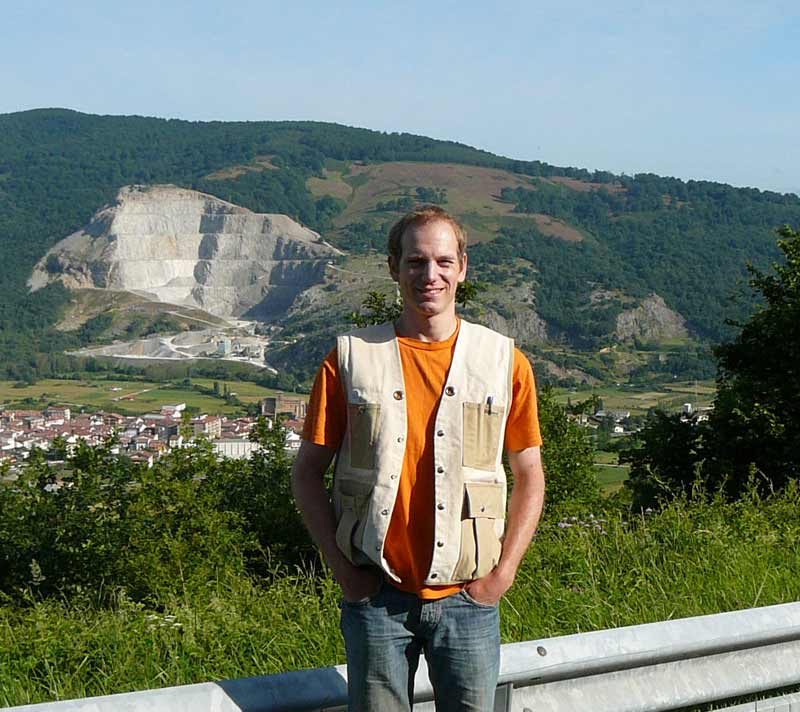
Lead researcher Adiel Klompmaker at the Koskobilo quarry in northern Spain.
Michael Jackson Crab
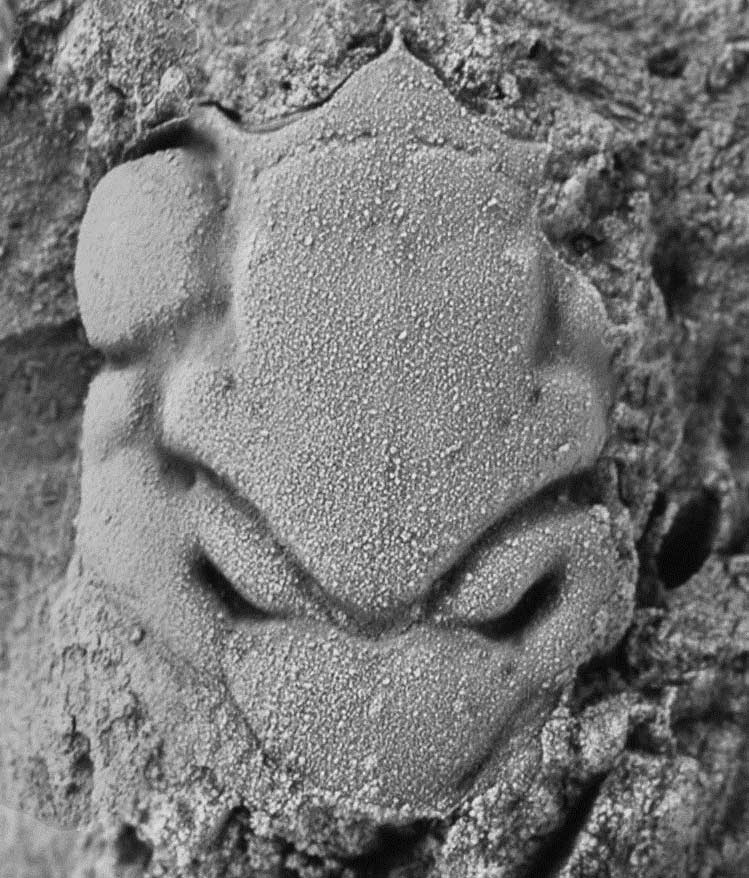
Klompmaker was also part of a team that discovered a new hermit crab (carapace shown here) at the same quarry, naming it after Michael Jackson (Mesoparapylocheles michaeljacksoni), as it was found around the time the singer died.
Spider Crab
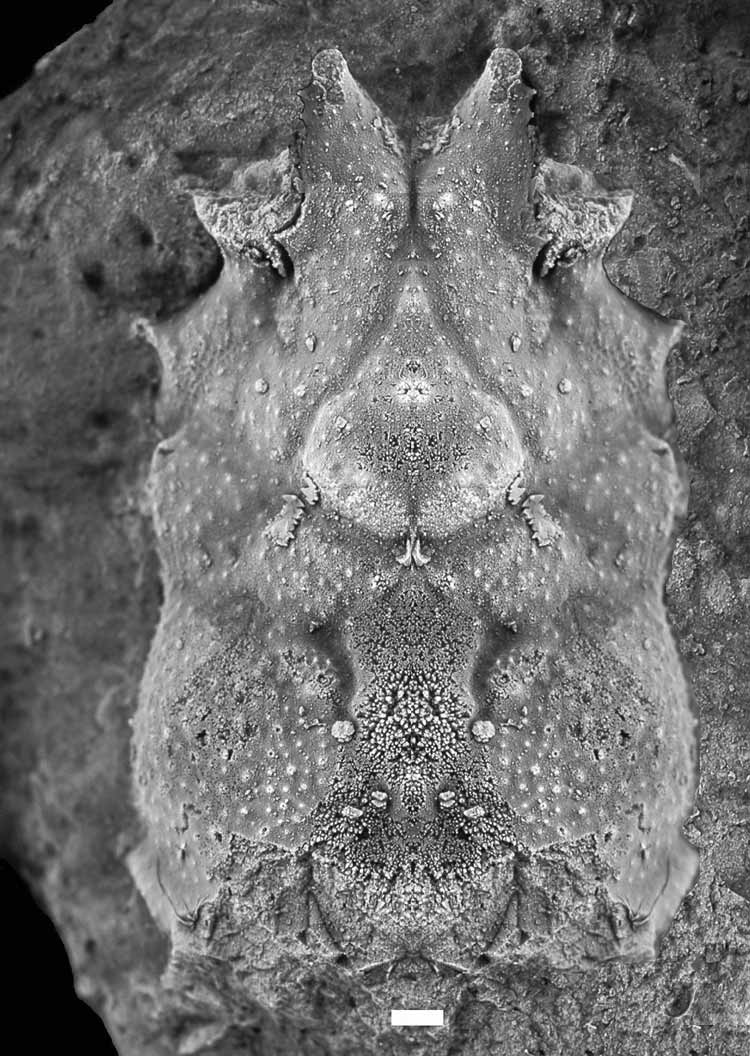
Here, a fossil of one of the new species of spider crab, named Cretamaja granulata, found at the quarry and dating back 100 million years.
Pear Shaped
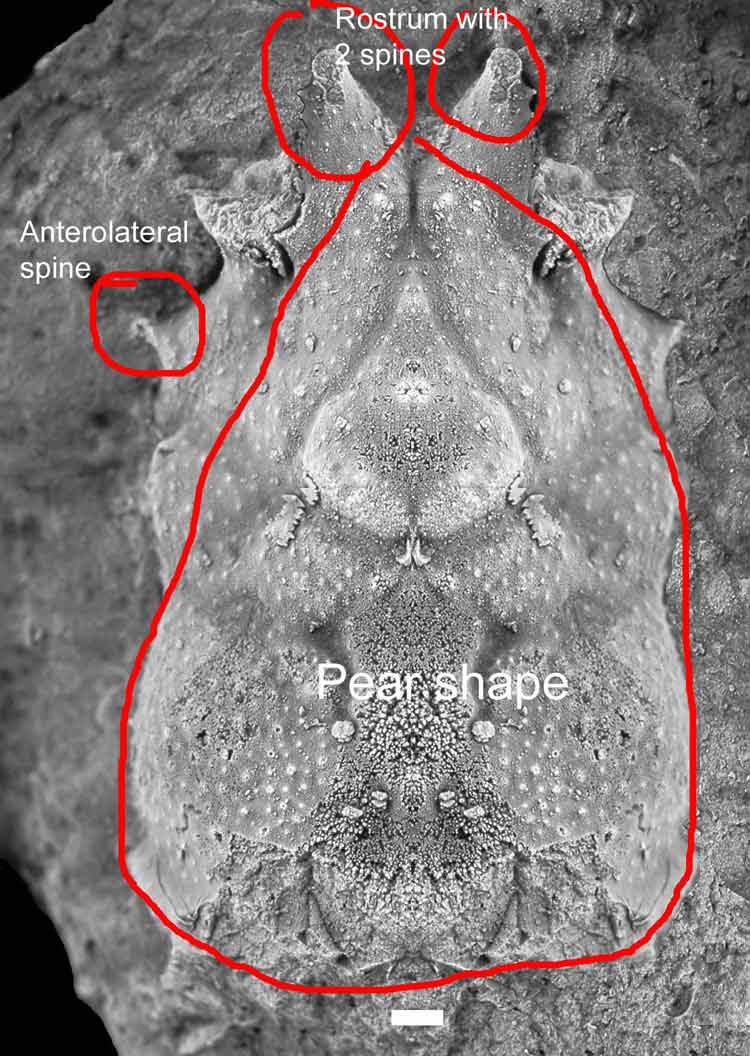
Scientists could tell C. granulata was a spider crab by some of its distinctive features, including two diverging spines coming out of its rostrum and a somewhat pear-shaped carapace, or the shell covering its body. The fossil spider crab also sported spines on its sides at the front of the body.
Newfound Crab
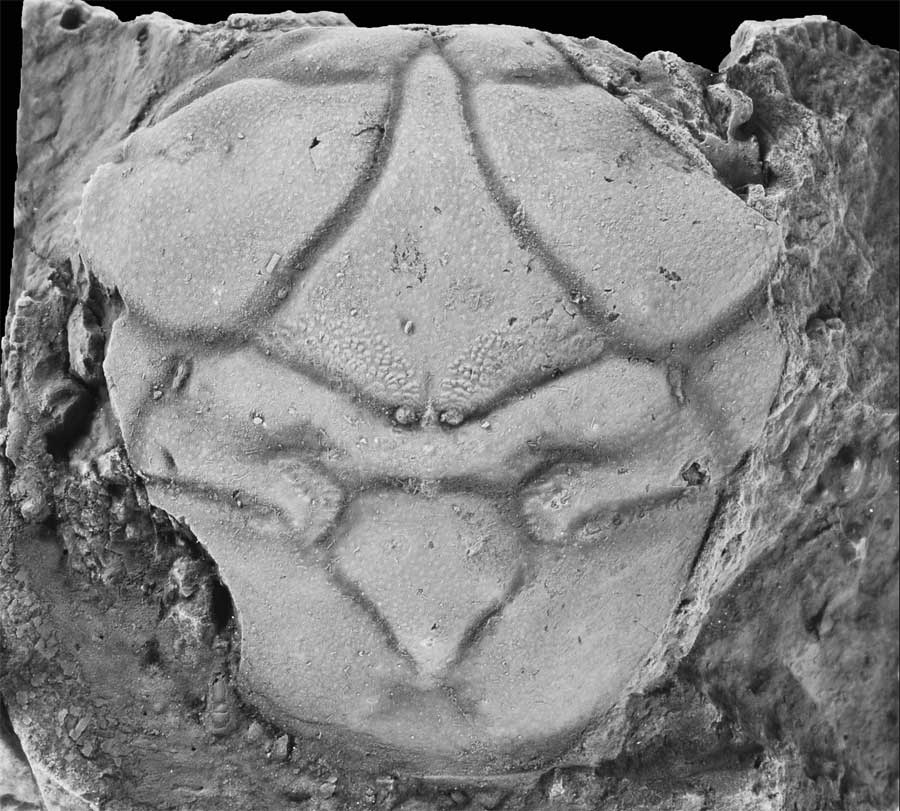
The carapace of the newfound crab Laeviprosopon crassumI. The legs and tail part were not preserved. (Scale bar is 1.0 mm)
Sign up for the Live Science daily newsletter now
Get the world’s most fascinating discoveries delivered straight to your inbox.
Fossil Crab
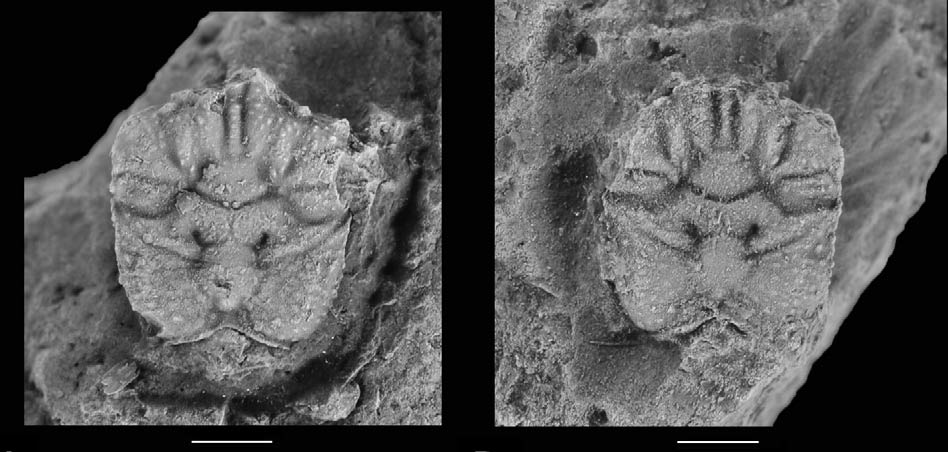
Another newfound crab, called Albenizus minutus, from the quarry in northern Spain. The crab was teensy, with a length of just 3.2 millimeters, not including its rostrum (the extension of the shell in front of the eyes).
Jeanna Bryner is managing editor of Scientific American. Previously she was editor in chief of Live Science and, prior to that, an editor at Scholastic's Science World magazine. Bryner has an English degree from Salisbury University, a master's degree in biogeochemistry and environmental sciences from the University of Maryland and a graduate science journalism degree from New York University. She has worked as a biologist in Florida, where she monitored wetlands and did field surveys for endangered species, including the gorgeous Florida Scrub Jay. She also received an ocean sciences journalism fellowship from the Woods Hole Oceanographic Institution. She is a firm believer that science is for everyone and that just about everything can be viewed through the lens of science.










